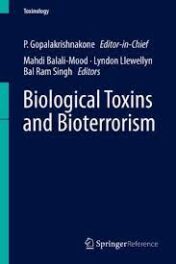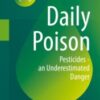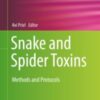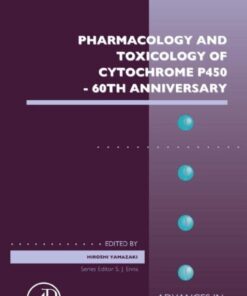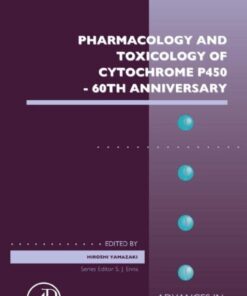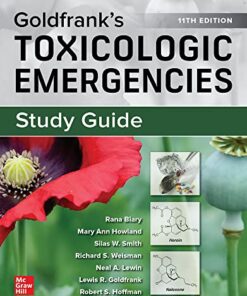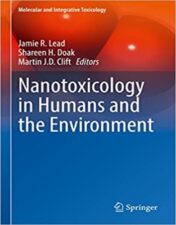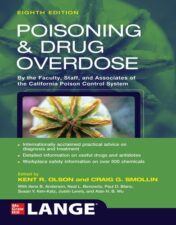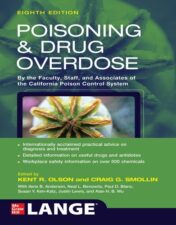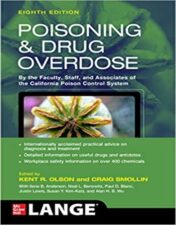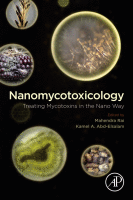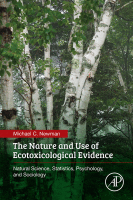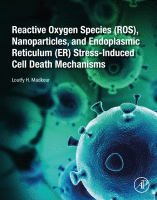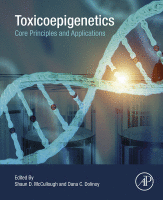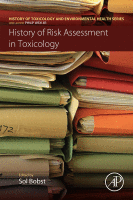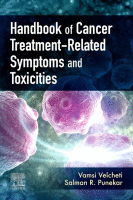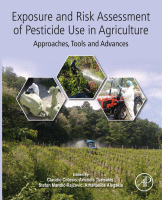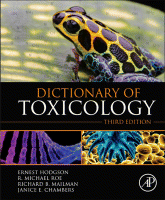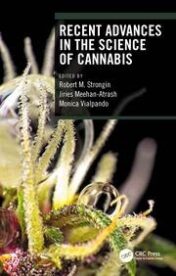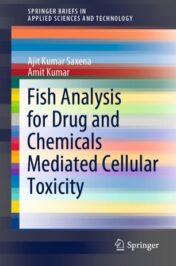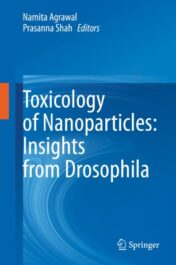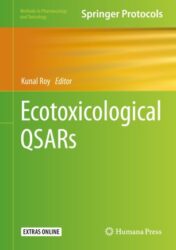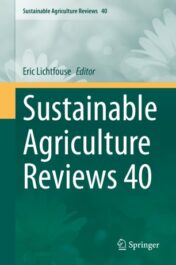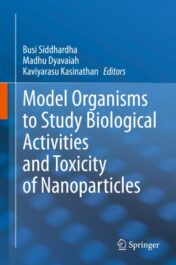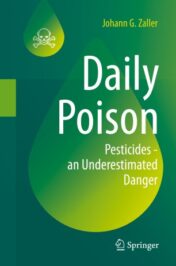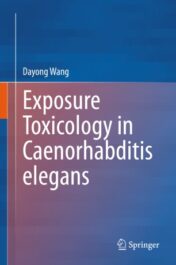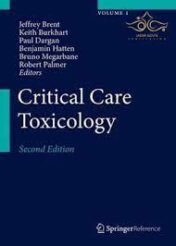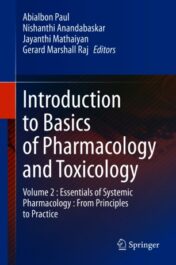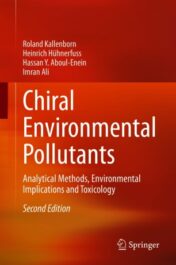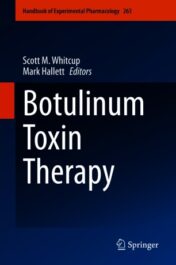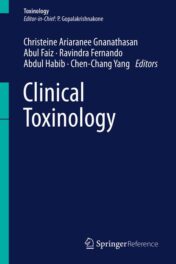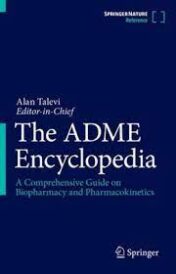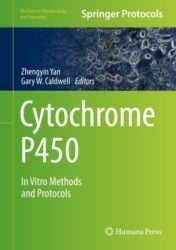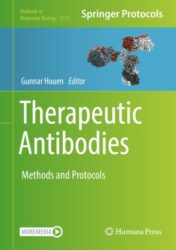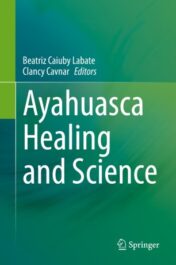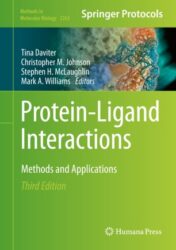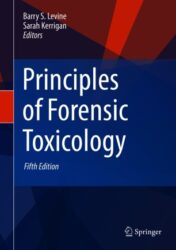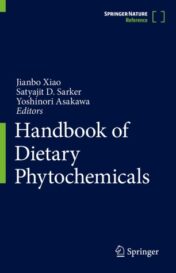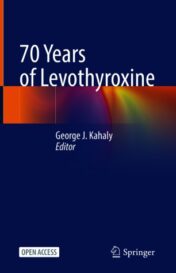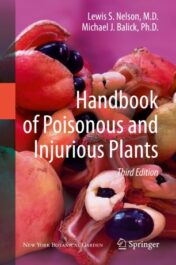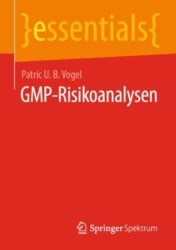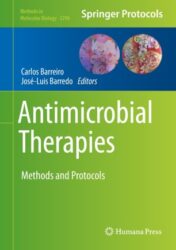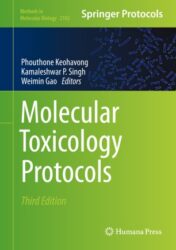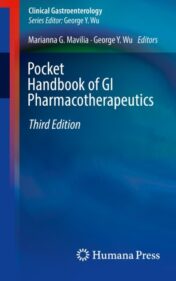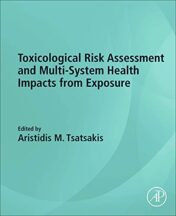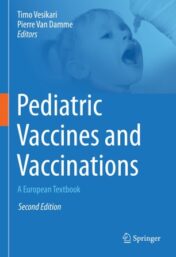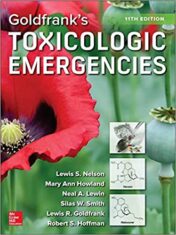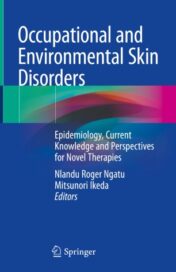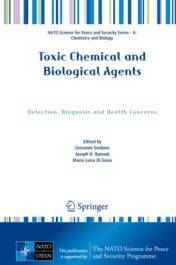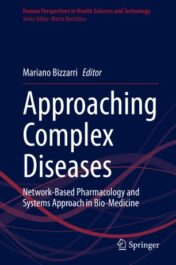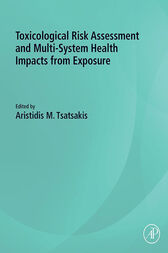Biological Toxins and Bioterrorism 2020 Original pdf
$12
Biological Toxins and Bioterrorism 2020 Original pdf
In recent years, the field of Toxinology has expanded substantially. On the one hand it studies venomous animals, plants and micro organisms in detail to understand their mode of action on targets. While on the other, it explores the biochemical composition, genomics and proteomics of toxins and venoms to understand their three interaction with life forms (especially humans), development of antidotes and exploring their pharmacological potential. Therefore, Toxinology has deep linkages with biochemistry, molecular biology, anatomy and pharmacology. In addition, there is a fast developing applied subfield, clinical toxinology, which deals with understanding and managing medical effects of toxins on human body. Given the huge impact of toxin-based deaths globally, and the potential of venom in generation of drugs for so-far incurable diseases (for example, Diabetes, Chronic Pain), the continued research and growth of the field is imminent. This has led to the growth of research in the area and the consequent scholarly output by way of publications in journals and books. Despite this ever growing body of literature within biomedical sciences, there is still no all-inclusive reference work available that collects all of the important biochemical, biomedical and clinical insights relating to Toxinology. The Handbook of Toxinology aims to address this gap and cover the field of Toxinology comprehensively.
Related Products
Toxicology Books
Toxicology Books
Toxicology Books
Toxicology Books
Toxicology Books
Poisoning and Drug Overdose, Eighth Edition 2022 Original pdf
Toxicology Books
Toxicology Books
Neurotoxicity of Nanomaterials and Nanomedicine 2017 Original pdf
Toxicology Books
Toxicoepigenetics Core Principles and Applications 2018 original pdf
Toxicology Books
Toxicology Books
Illustrated Toxicology With Study Questions 2018 Original pdf
Toxicology Books
Handbook on Biological Warfare Preparedness 2019 Original pdf
Toxicology Books
Genetic Toxicology Testing A Laboratory Manual 2016 original pdf
Toxicology Books
Toxicology Books
Toxicology Books
Toxicology Books
History of Modern Clinical Toxicology 1st Edition 2021 Original pdf
Toxicology Books
Recent Advances in the Science of Cannabis 2021 Original pdf
Toxicology Books
Toxicology Books
Toxicology Books
Daily Poison Pesticides – an Underestimated Danger 2020 Original pdf
Toxicology Books
Snake and Spider Toxins Methods and Protocols 2020 Original pdf
Toxicology Books
Exposure Toxicology in Caenorhabditis elegans 2020 Original pdf
Toxicology Books
Toxicology Books
Toxicology Books
Toxicology Books
Toxicology Books
Cytochrome P450 In Vitro Methods and Protocols 2021 Original pdf
Toxicology Books
Toxicology Books
Toxicology Books
Reactive Oxygen Species Methods and Protocols 2021 Original pdf
Toxicology Books
Toxicology Books
Toxicology Books
Toxicology Books
Toxicology Books
Toxicology Books
Handbook of Poisonous and Injurious Plants 2020 Original pdf
Toxicology Books
Toxicology Books
Vaccine Delivery Technology Methods and Protocols 2021 ORIGINAL PDF
Toxicology Books
Antimicrobial Therapies Methods and Protocols 2021 ORIGINAL PDF
Toxicology Books
Toxicology Books
Pocket Handbook of GI Pharmacotherapeutics 2021 ORIGINAL PDF

